Equipment terminology can be confusing for new lifters. Olympic plates? It sounds like the bumper plates they use in the Olympics. But the term “Olympic” refers to the size and not where they are used. So what’s the main difference?
Bumper plates are a form of Olympic plates. Olympic plates are any plate that fits an Olympic-sized barbell with a 2″ (50 mm) diameter.
So, how do you know which style is right for you?
Table of Contents
What Are Bumper Plates?
Bumper plates were designed to be dropped without damage in Olympic Weightlifting. But they have since been used for general strength training, especially with the rise of CrossFit.
Their standout feature is the ability to withstand multiple overhead drops (as seen in exercises like clean & jerk and snatch) without causing damage to the floor, plates, or barbell.
Instead of being made with iron or steel, bumper plates are manufactured with dense rubber or urethane. Here’s a breakdown of the different materials you’ll find in bumper plates.
You can also find out what we recommend in our best bumper plates article.
Virgin Rubber
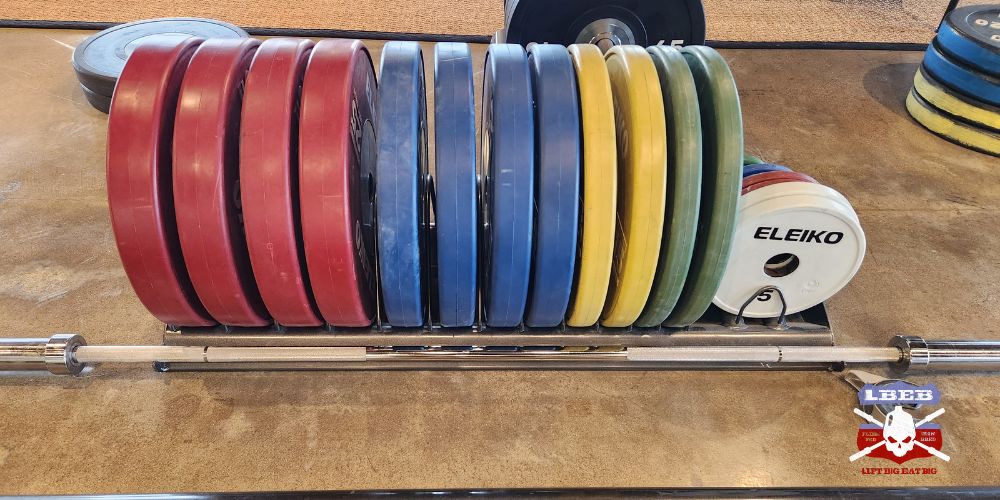
Rubber plates are notorious for their superior durability and resistance to wear and tear. They can weather countless drops without distorting or breaking. Plus, they don’t have the rubbery scent cheaper bumper plates have.
The best example of virgin rubber plates is Eleiko Sport Training Plates.
Recycled Rubber
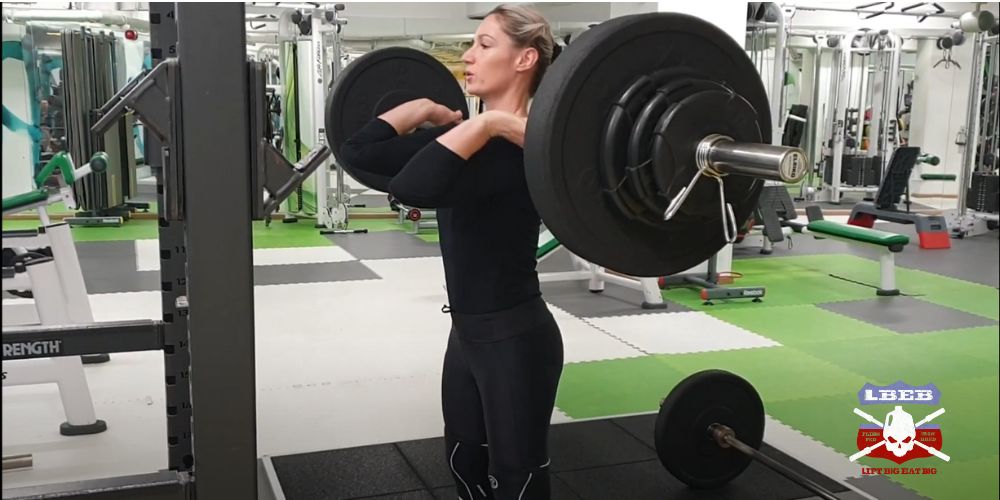
Born out of repurposed rubber materials, such as old tires, rubber mats, or factory scraps, recycled rubber bumper plates tell a story of reinvention. They are softer, resulting in a higher bounce than virgin rubber plates.
Although durable, these plates don’t match the wear and tear resistance of virgin rubber plates. Additionally, they tend to have a more pronounced smell, particularly when stored in heat.
The best example of recycled rubber plates is Rogue Fitness Hi-Temp Bumper Plates.
Urethane
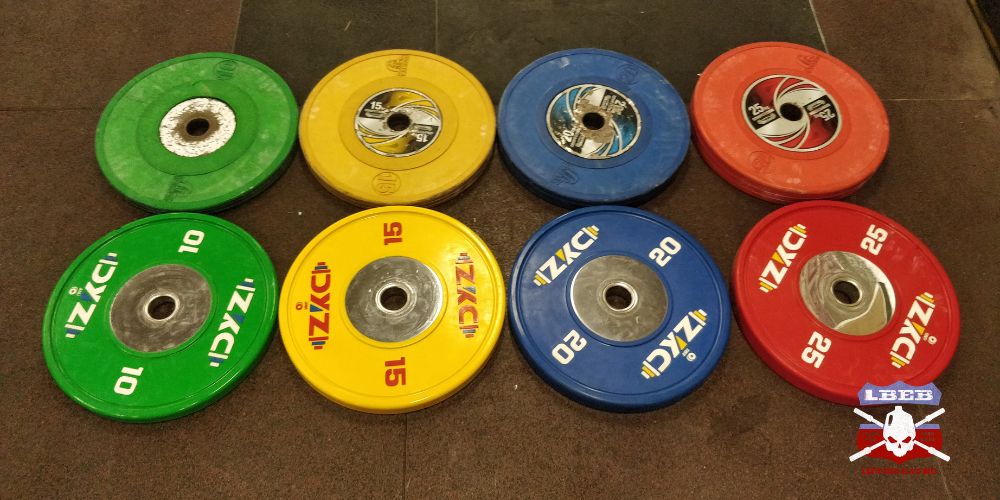
Composed of polyurethane, a high-end polymer, these plates are celebrated for their extraordinary longevity. They’re denser than their rubber equivalents, leading to a reduced bounce on impact.
These plates defy scuffing, chipping, and peeling and are impervious to moisture and sweat. This makes them a fitting choice in humid climates or vigorous workout settings. The best example of urethane plates is ZKC DSB Bumper Plates.
What Are Olympic Plates?
Olympic plates are a catch-all term for any plate that fits an Olympic barbell. That includes bumper plates! However, Olympic plates also encompass iron, steel, and rubber-coated weight plates.
Cast Iron
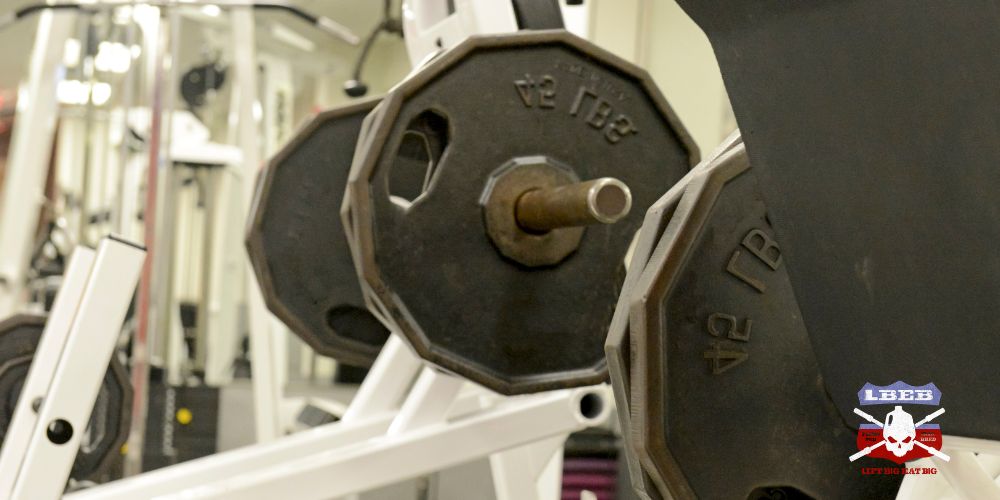
Iron plates are manufactured by pouring molten iron or steel into molds corresponding to different weights. They are typically black or dark grey and often coated with a layer of paint or enamel to prevent rusting.
There are different variations of iron plates, such as your standard weight plate and the deep dish iron weight plate.
Rubber Coated
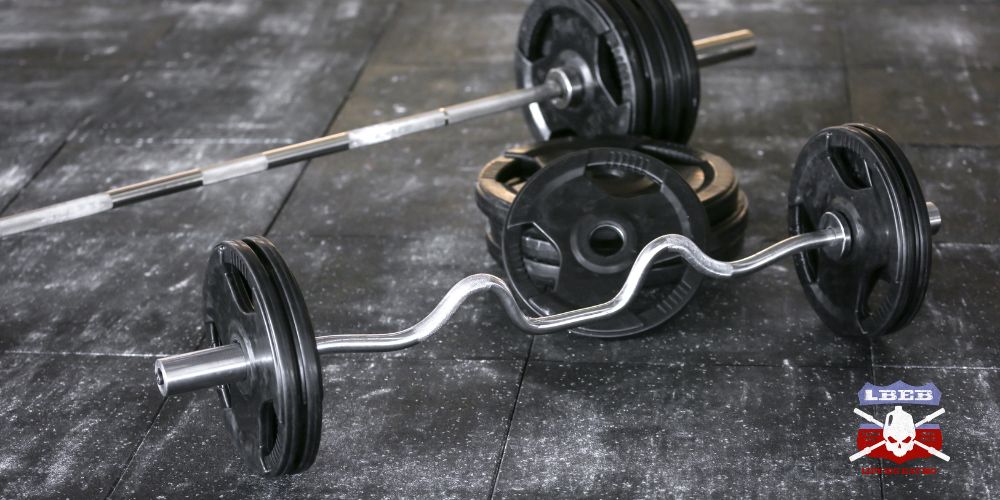
The core of rubber-coated weight plates is usually made of cast iron or steel, giving the plate its weight. The coating is typically made from either virgin or recycled rubber. This reduces the noise of plates clanging together and hitting the floor when deadlifting.
They typically have handles making them easier to carry and put on barbells. However, handles are thin and are susceptible to damage, especially when deadlifting heavy.
Bumper Plates vs. Olympic Plates Key Differences
When referring to Olympic plates in this context, we are excluding bumper plates and referring to iron, metal, and rubber-coated Olympic plates.
Materials
Bumper plates are made from rubber or urethane and are built to withstand the abuse of dropping weights from overhead. Olympic plates that aren’t bumper plates are made from cast iron or steel and can sometimes be coated in rubber.
Intended Use
Bumper plates were specifically designed to be dropped without damaging the plates, barbell, or platform. Therefore, Olympic Weightlifters and CrossFitters who regularly perform the Olympic lifts are intended to use bumper plates.
However, they can also be used for general strength training, meaning you don’t need to double up on bumper plates and other Olympic plates.
Olympic plates of the iron and rubber variety are used by all other athletes and weekend warriors who strength train but don’t need to drop weights.
Thickness
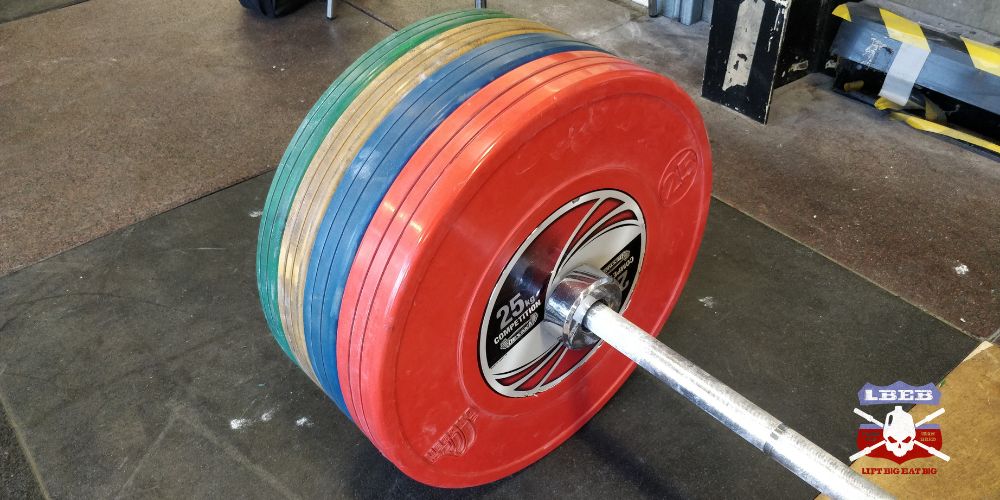
Olympic plates are significantly thinner than bumper plates allowing you to fit much more weight on a barbell. Standard iron Olympic plates have the following thickness by weight:
- 1.25 lb = 0.4”
- 2.5 lb = 0.5”
- 5 lb = 0.6”
- 10 lb = 0.9”
- 25 lb = 1.4”
- 35 lb = 1.3”
- 45 lb = 1.3”
Eleiko makes the thinnest bumper plates and has the following dimensions for their IWF Training Plates:
- 25 lb = 1.38”
- 35 lb = 1.53”
- 45 lb = 1.97”
- 55 lb = 2.28”
But depending on the type of bumper plate, they can go as thick as:
- 25 lb plate = 2.25”
- 35 lb plate = 3.12”
- 45 lb plate = 3.75”
Diameter
Bumper plates are all made to the standard 450 mm in diameter, with some budget models being slightly shorter by a few millimeters or not as well calibrated, giving more variation. This is regardless of the weight.
Olympic iron and rubber plates are made to different diameters depending on the weight of the plate. 45 lb plates are standard size but slightly smaller than bumper plates at 445 mm. Here is the diameter of other Olympic plates:
- 1.25 lb = 127 mm (5.0”)
- 2.5 lb = 160 mm (6.3”)
- 5 lb = 197 mm (7.75”)
- 10 lb = 226 mm (8.9”)
- 25 lb = 277 mm (10.9”)
- 35 lb = 355 mm (14.0”)
- 45 lb = 445 mm (17.5”)
Center Hole
The center hole diameter is the same between a bumper plate and an Olympic plate at approximately 50 mm (2″). This fits an Olympic barbell. If you come across similar plates with a 1″ center hole diameter, is it not an Olympic plate but a standard plate.
Durability
The durability of plates depends on the brand and type of plate. Top brands make the most durable bumper plates with proprietary virgin rubber or urethane, such as Eleiko, ZKC, and Uesaka. Many of these come with 10-year warranties reflecting their quality.
Olympic iron plates are also highly durable when used appropriately. However, if dropped too often, they can begin to crack. However, this is very rare.
Rubber-coated Olympic plates are the least durable of all, primarily because they have handles. These thin handles are damaged easily if performing deadlifts.
Loading
You can load the most weight on a barbell with Olympic plates. You’re limited to 160 – 290 kg on a men’s bar with bumper plates. Depending on the plates used, you can load more than 500 kg with Olympic plates.
Price
Olympic plates are much cheaper than most bumper plates. For example, taking a pair of 45 lb plates from Rogue Fitness is $1.68/lb. However, bumper plates range from $1.78 to $8.08/lb for premium bumper plates.
Are Olympic Plates Bumper Plates?
Olympic plates encompass all plates that fit an Olympic barbell making bumper plates a form of Olympic plate.
Summary
While bumper plates are a form of Olympic plate, there are many types of Olympic plates. Go with bumper plates if you’re dropping anything from overhead. If you’re partaking in regular strength training, I recommend Olympic iron plates, which are more durable and typically cheaper than rubber-coated plates.
